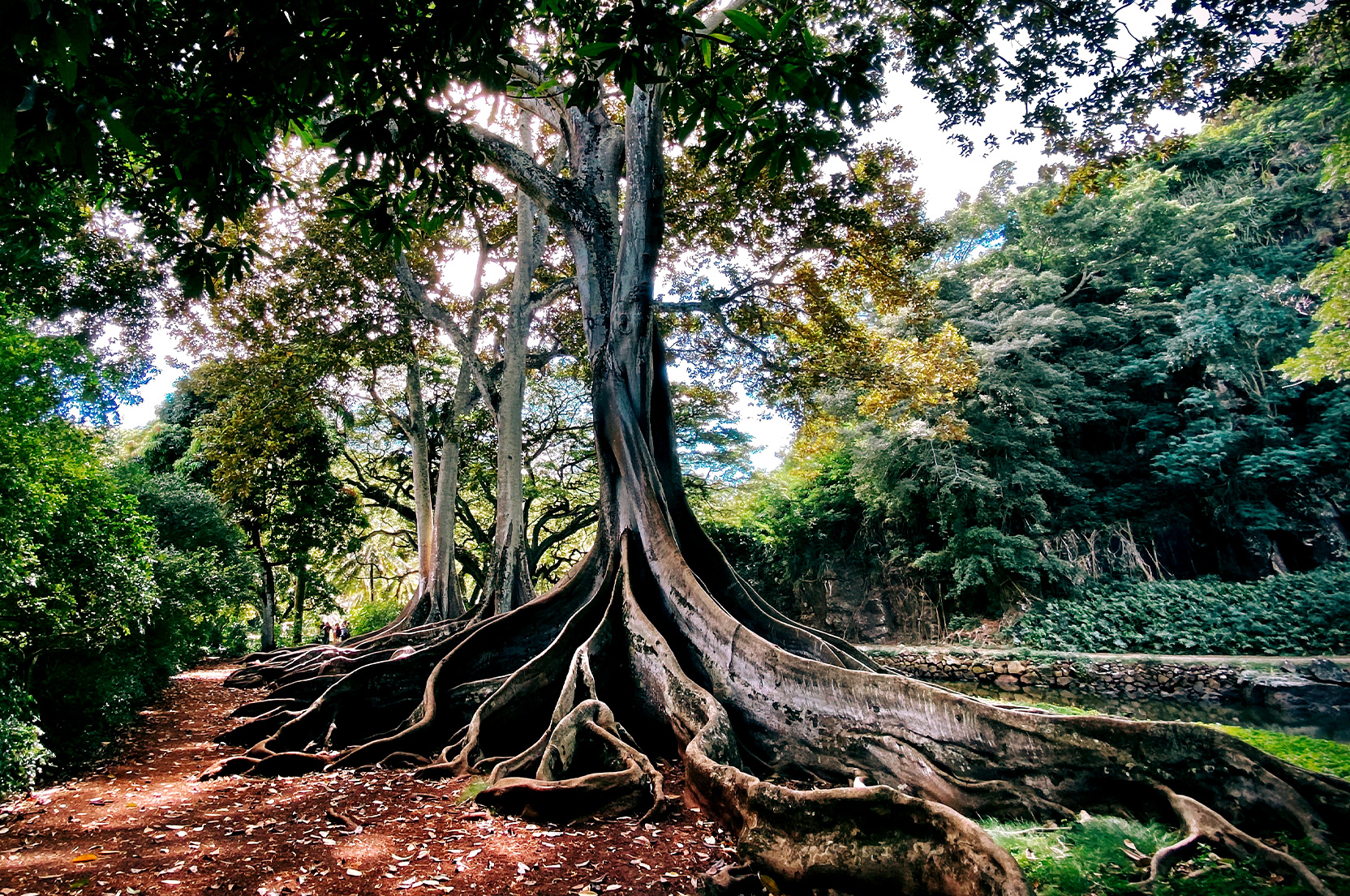Tree related subsidence and the impact of climate change

In an average year, only 40% of subsidence claims are upheld by insurers. Out of this number, 60% will be due to root-induced clay shrinkage. Here, we take a look at how tree subsidence occurs, what damage is caused and how the risk can be mitigated – and how climate change is exacerbating root subsidence risks as trees react to the environment.
There’s no doubt about it, trees offer many benefits: they enhance the environment, engender community spirit, absorb pollution, provide a flood risk barrier, offer protection against noise pollution and provide both shade and habitat for a wide range of animals and birds. However, trees located too close to buildings, particularly where there is clay soil, pose a potential threat in the form of building subsidence.
Cause of tree related subsidence
Tree related subsidence tends to occur as a result of clay shrinkage, as moisture from the ground is extracted by roots. As the clay shrinks, support to the underside of the foundation is removed, resulting in the building moving down and cracking as it separates from the stable section. The damage happens slowly, as the tree grows, but is exacerbated by heat and generally warmer weather, when more moisture is extracted from the soil.
Climate Change Risk
Heatwave is one of the main causes of subsidence incidents and, with rising temperatures and the increasing impact of climate change, root subsidence risks increase as trees react to the environment. Other environmental issues that should also be taken into consideration include increased precipitation and likelihood of flash flooding, and increased chances of colder snaps.
Assessing the risk
Moving forward, it’s essential to understand the risks that trees pose to buildings, particularly in areas affected by environmental issues, and employ the services of natural environment liability specialists who can help to manage natural assets such as trees and green spaces, and tree officers who can carry out soil testing and analysis.
In relation to claims of tree related subsidence, in the case of a new build, extension or conservatory, it very much depends whether the tree predates the building work. If it does, the building foundations should take the tree into account and plan accordingly. If the building work fails to take an existing tree into consideration, the claim may be declined due to defective design/faulty workmanship.
A professional report
Typically, a professional report will comprise a site investigation that looks at building damage, soil analysis and tree root identification, risk assessment and an action plan that includes tree maintenance regimes, crown reduction and tree removal, taking into account Tree Preservation Orders (TPOs).
In most cases, trees will exist alongside other trees and vegetation, combining their effect on the soil, so it’s important to identify any disease or decay present, as these trees may need to be removed, as well as getting specialist advice on healthy trees.
Repairing the damage
Where there is subsidence, an investigation will look to confirm clay soil beneath the foundation, whether there are roots beneath the foundation, identification of roots, evidence of soil drying and correlation with property damage.
Minor damage such as diagonal cracks could be repaired by repointing or masonry stitching, while more significant damage may require underpinning, transferring the building load to a depth where the ground is firm. Root barriers would also be required, comprising tree root severance and a 65m copper barrier to a depth of 3m, with a 60-year life expectancy.
Regular maintenance
Although it seems an obvious solution, regular examination and maintenance of existing trees and vegetation is essential. To assist with this, the Association of British Insurers (ABI) has published a table of trees, giving the safe distances they need to be from a property in clay soils to avoid the risk of subsidence. For example, an apple tree, with a normal mature height of 12m should be at least 10m away from a building, while a 24m high willow tree should be 40m away from a building.
Talk to TMD
To discuss any aspect of your property insurance or to arrange tailored insurance for your property, whether residential or commercial, please talk to TMD. We have many years’ experience arranging property insurance and have access to top insurers to find the most appropriate solution for your needs. Please call us on 01992 703 000 or email us at insurance@mcdonaghs.co.uk

